The trees that are as fine to eat as they are to look at
Mark Diacono doesn't grow many trees for the sake of the bounty they provide — but these are the notable exceptions.
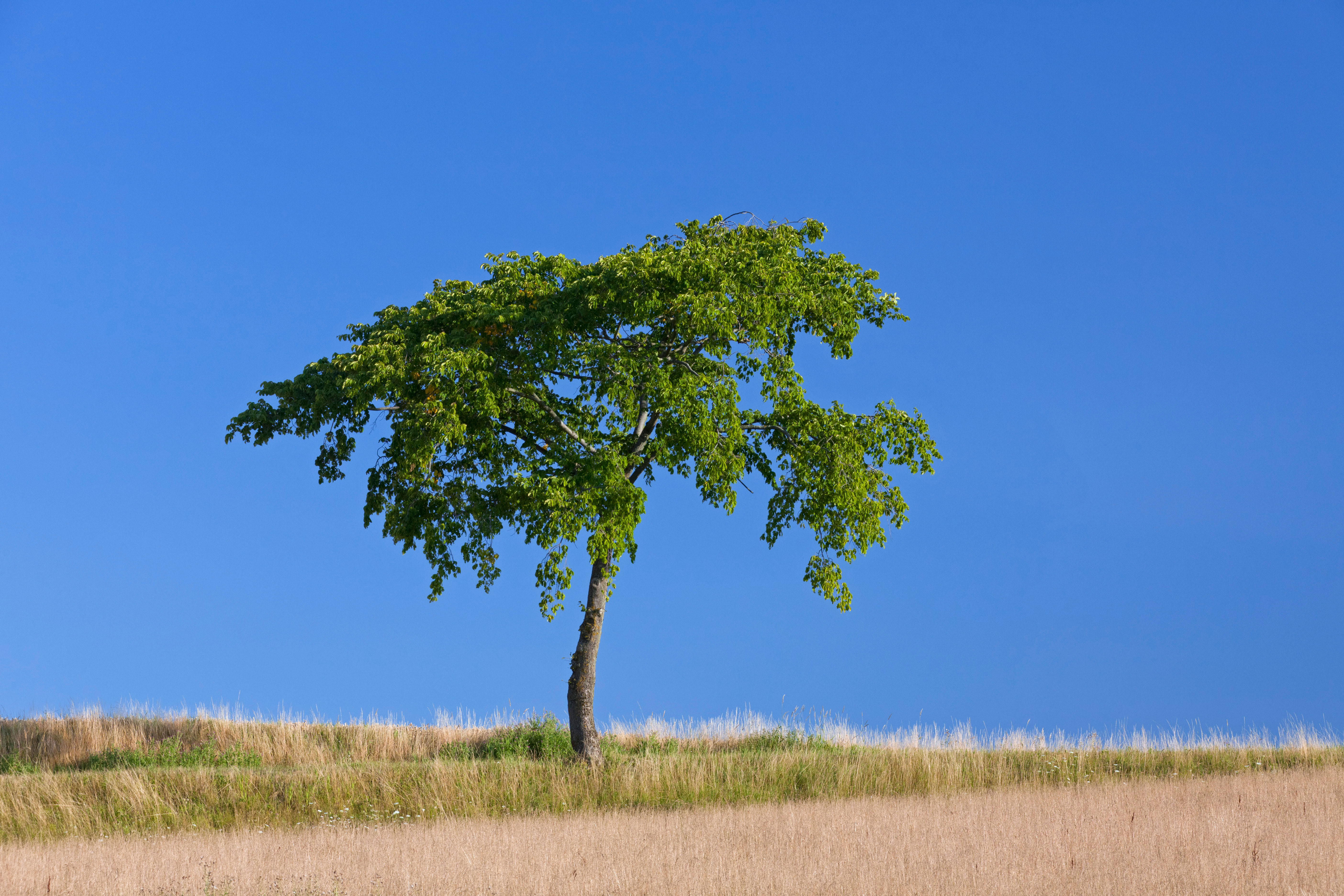

As regular readers will be aware, I am a huge fan of perennial edibles. So often, their leaves, fruit, flowers, buds or roots are not only as delicious as annuals, but they’re easier to come by, thanks to the plant being typically more resilient to the vagaries of the British climate and its pests and diseases.
That said, flavour is the king: perennial or not, you’ll not find me recommending anything that’s less than a culinary pleasure. Tree leaves, for instance, might best demonstrate where the crucial line between edible and palatable is drawn. I wouldn’t bother with most and although beech and maple are two of the many whose leaves can be eaten — and are pretty good if you catch them young — there are only a few trees I would especially encourage you towards considering for your precious garden space.
Mulberries (Morus) come in red, white and black varieties and, although leaves from all are edible — and never less than very good in my experience — it is the white mulberry (Morus alba) and its hybrids — such as ‘Carmen’ — that are the best. There are small variations in flavour between cultivars, but it is the texture of white varieties that gives them the edge.
Mulberries come into leaf later than most trees, famously giving the gardener the nod that the frosts are probably over, so expect to pick leaves from late May until the first few frosts cause the leaves to drop. I’ve long nibbled the occasional leaf when in the garden, but, having discovered that the leaves can be used as you might vine leaves — as wraps for dolmades and other kitchen delights — I’ve harvested many more through the season: they are now as common in my kitchen as is chard in the summer months.

Mulberry leaves can be used as you might use vine leaves.
A few years ago, I planted a toon (Toona sinensis) in the garden and was slightly bemused by the way its leaves evolved — in a reversal of the behaviour you’d expect in an ailing plant — from a lively salmon-pink colour in spring, turning cream-yellow before becoming a bold green for summer. The flavour of the leaves is a particular one of vegetable stock, including the classic garlic and onion combination, and, as well as being superb cooked, the young leaves are excellent punctuators in a leafy salad. You can also dry them to use as stock powder, which is apparently very good, but I have yet to try it. Add them to your harvests and be in the company of many cultures — including that of China — where they are widely eaten.
Other than the time — my mother reminds me — that I ate a few beech leaves as a six year old, the first tree leaves I tried were from the row of small-leaved limes (Tilia cordata) that I planted at the smallholding where I used to live. Sweet, succulent and nutty, they were easy to like and have had me going back for more every spring. All lime leaves are edible and similar in flavour, but it is the youngest leaves of the small-leaved lime that have the giving texture that makes them so appealing. I use most of those I harvest for mixed-leaf salads, as their presence next to other leaves really shows them at the best.
I grow these three in my garden and use only small quantities, harvested repeatedly through the season, so I am not depleting the trees as they grow, but I am considering coppicing or pollarding a white mulberry and a toon at about 3ft high to provide a more substantial harvest of young leaves each year; both are vigorous growers and can perfectly well stand this annual treatment. Happily, there are plenty of lime trees in my town — and likely near where you live — to be able to turn to a little foraging if your garden isn’t suitable for a tree, as they are typically large when mature.
Exquisite houses, the beauty of Nature, and how to get the most from your life, straight to your inbox.
As well as the pleasure of the trees and their delicious leaves — and fruit in the case of the mulberry — it is worth mentioning that many tree leaves are highly nutritious. Typically rich in vitamins and important trace elements such as calcium, zinc, vitamin C and iron, some — notably mulberries — are especially high in protein, being more protein-rich even than spinach.
Mark Diacono grows edibles, both usual and unusual, at Otter Farm in Devon. His book, 'Abundance: eating and living with the seasons' is out now (Quadrille, £30).
Mark is lucky enough to spend most of his time eating, growing, writing and talking about food. He has written fourteen award-winning books, including A Year at Otter Farm and A Taste of the Unexpected (both won Food Book of the Year, and Garden Book of the Year). Known for growing everything from Szechuan pepper to pecans to Asian pears, Mark's refreshing approach to growing and eating has done much to inspire a new generation to grow some of what they eat. He was involved in the early days of River Cottage, appearing in the TV series, and writing four River Cottage books. Mark writes to a global audience on his best-selling Substack: Mark Diacono’s Abundance.
-
 Madonna, David Bowie, Elizabeth II and me — this is what it’s like to have your photograph taken by Rankin
Madonna, David Bowie, Elizabeth II and me — this is what it’s like to have your photograph taken by RankinThe world-renowned photographer has worked with everyone from acting royalty, to actual royalty. His next subject? Country Life’s wandering scribe, Lotte Brundle.
-
 How one family went about creating a welcoming kitchen in one of England's neo-Palladian houses
How one family went about creating a welcoming kitchen in one of England's neo-Palladian houses‘We were nervous about creating a kitchen in such a grand room.'
-
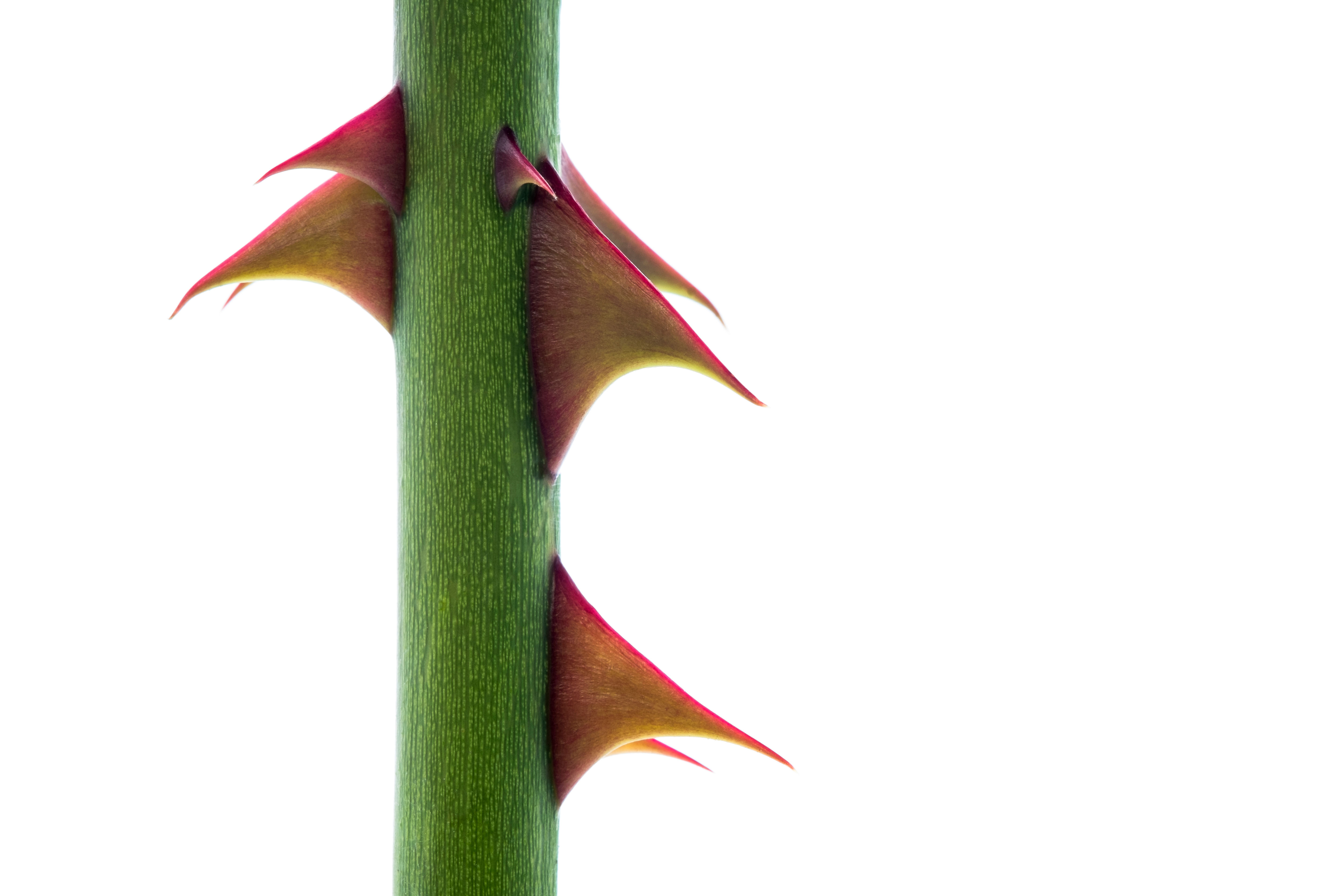 Bothered by brambles and snagged by sow thistles, but what is the point of all this thorny microaggression?
Bothered by brambles and snagged by sow thistles, but what is the point of all this thorny microaggression?Nature’s spiky deterrents — thorns, spines and prickles — may be quick to catch us out, but they can also prove to be a useful ally.
-
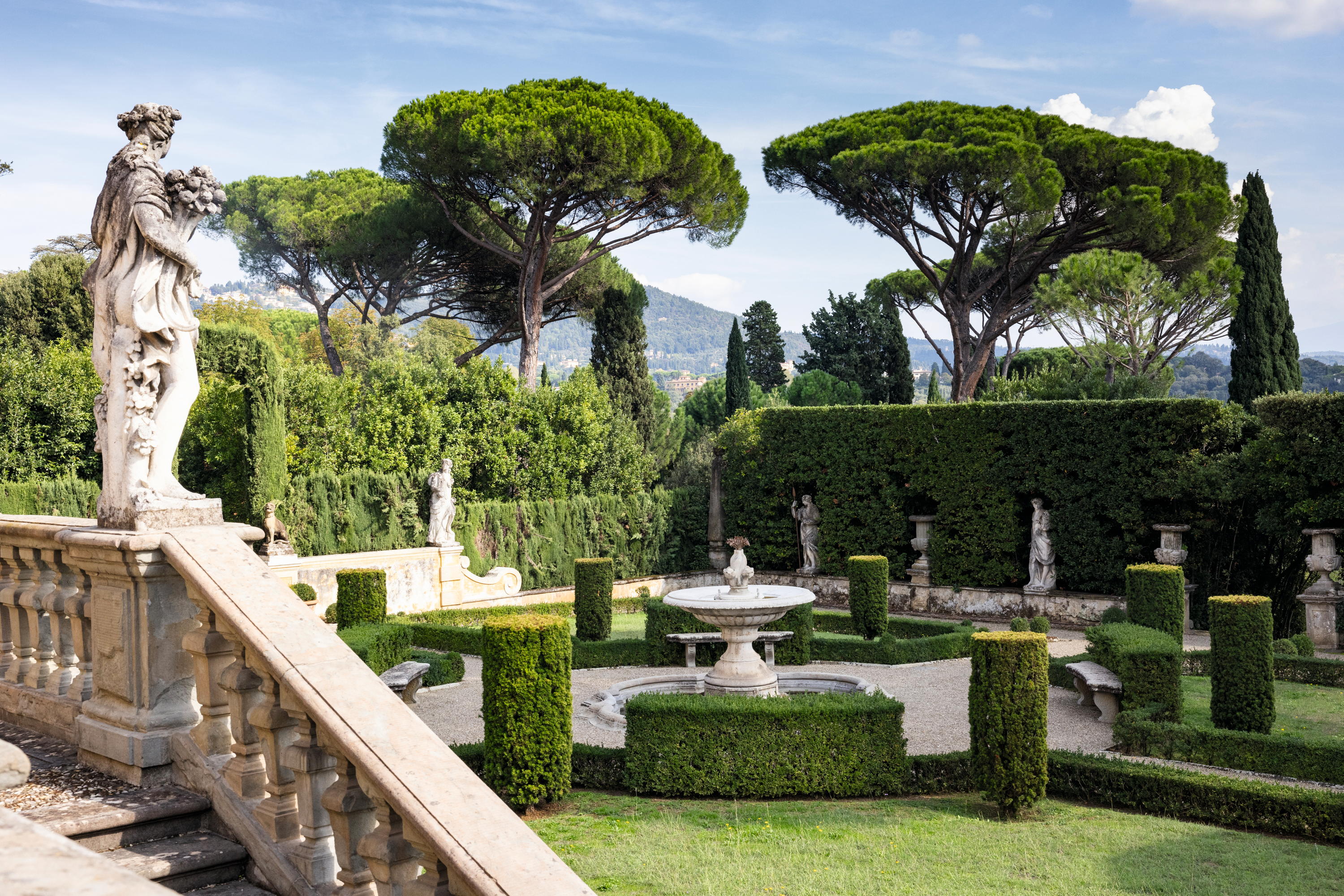 The Tuscan gardens where the English and Italian traditions come together, and Yorkshire rhubarb grows happily beside spectacular citrus
The Tuscan gardens where the English and Italian traditions come together, and Yorkshire rhubarb grows happily beside spectacular citrusNick Dakin-Elliot, who gardens in Tuscany, is still moved by the Italian hilltop gardens that command some of the most beautiful views in the world.
-
 'My family wore wool at a time when everyone else had cast it off in favour of manmade fabrics': The knitwear pioneer who is one of David Beckham's countryside champions
'My family wore wool at a time when everyone else had cast it off in favour of manmade fabrics': The knitwear pioneer who is one of David Beckham's countryside championsJulie Harding speaks to Rachel Carvell-Spedding the founder of British knitwear brand Navygrey, and one of David Beckham's countryside champions.
-
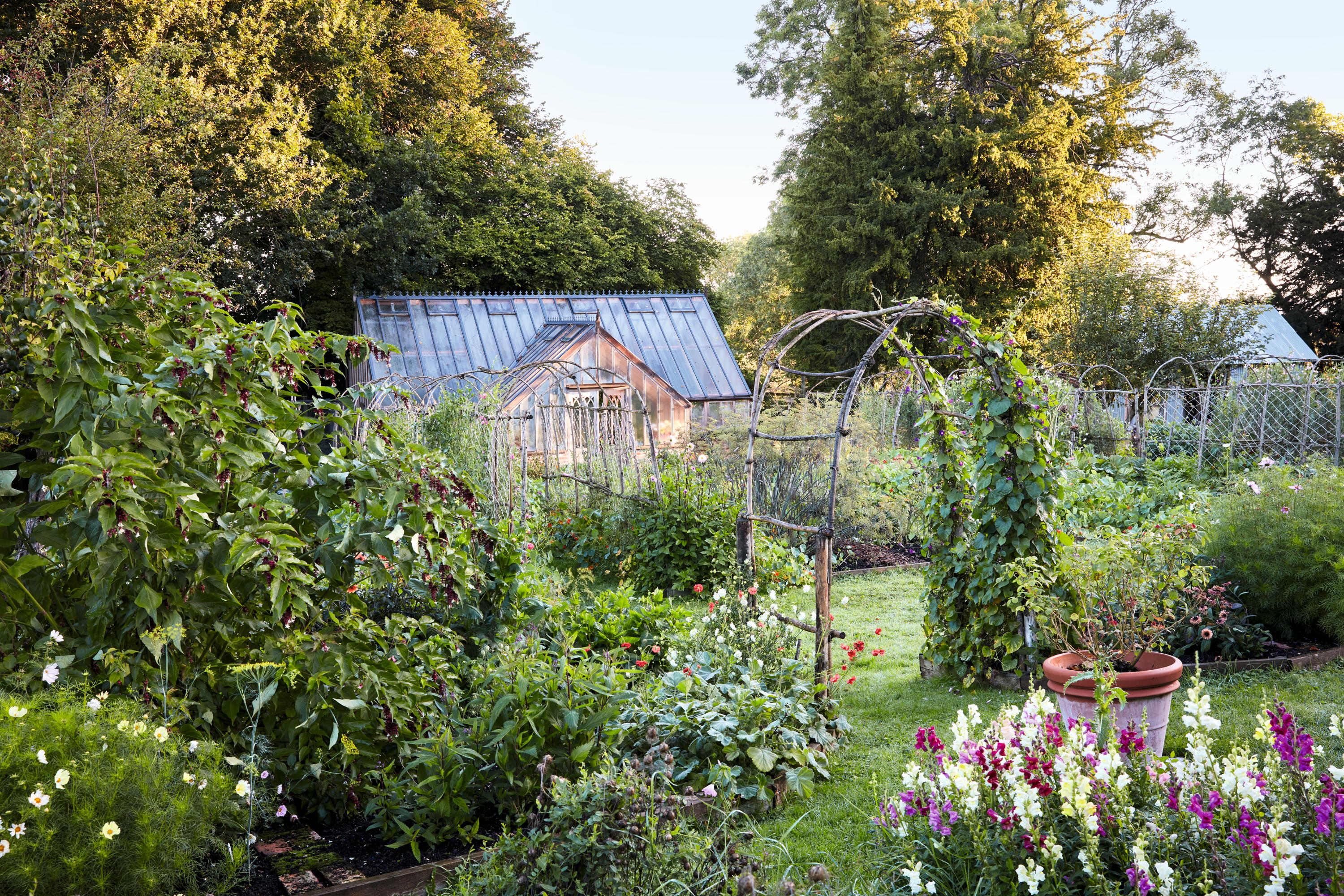 James Alexander-Sinclair: Making a new garden for someone is 'thrilling', but we need more sensitive and skilled gardeners to look after them
James Alexander-Sinclair: Making a new garden for someone is 'thrilling', but we need more sensitive and skilled gardeners to look after themPay your gardeners properly, says James Alexander-Sinclair as, without them, you will have no garden.
-
 'Seeing the work that people are doing all around the world has given me hope for the future': The young naturalist who is one of David Beckham's countryside champions
'Seeing the work that people are doing all around the world has given me hope for the future': The young naturalist who is one of David Beckham's countryside championsJulie Harding speaks to Ramandeep Nijjar, a young naturalist who has made an impact on the world even before finishing university, and one of David Beckham's countryside champions.
-
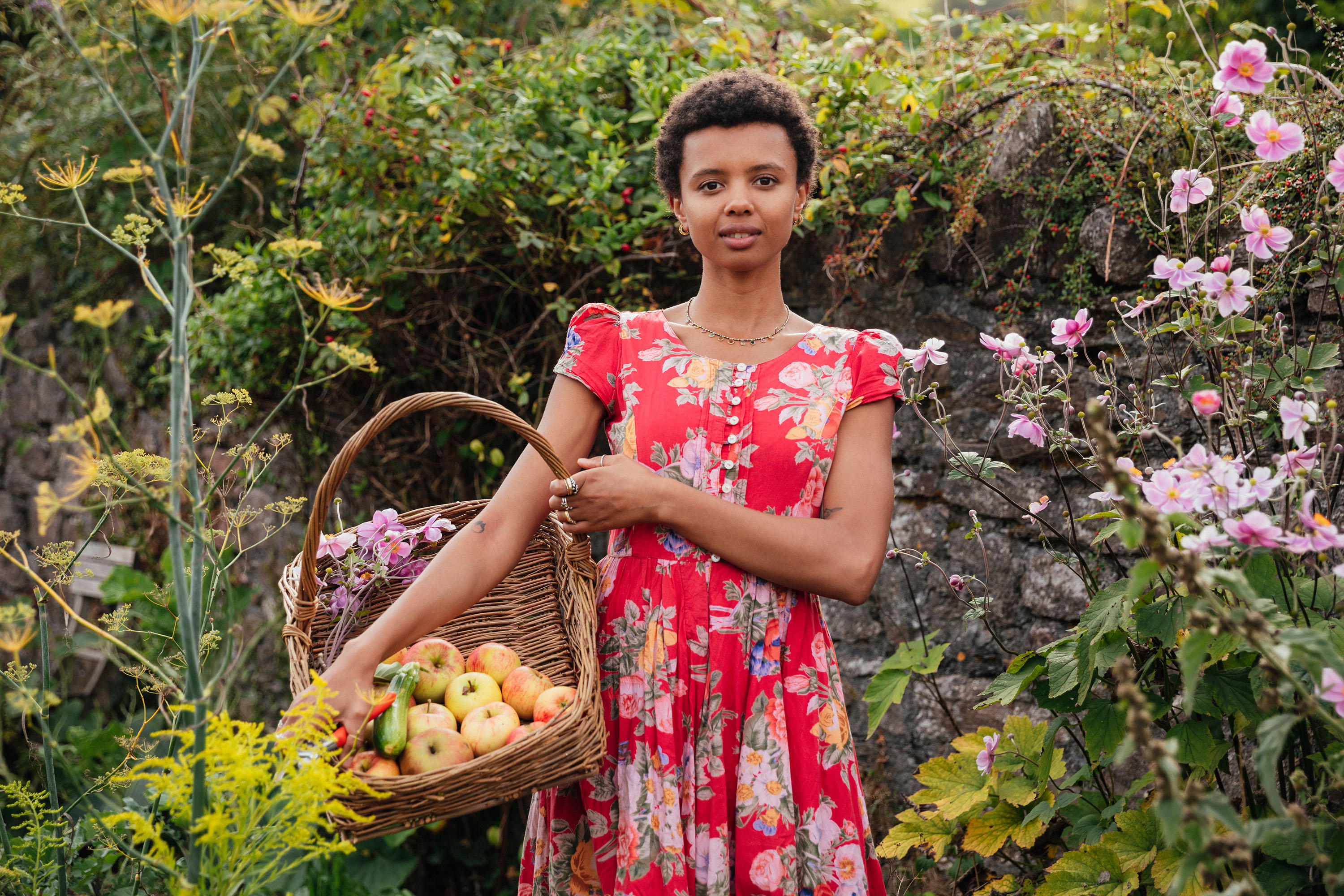 Poppy Okotcha, the model turned gardener who is one of David Beckham's countryside champions
Poppy Okotcha, the model turned gardener who is one of David Beckham's countryside championsPoppy Okotcha, the 29-year-old ecological community grower, garden content creator, author — and also one of David Beckham's countryside champions — speaks to Julie Harding.
-
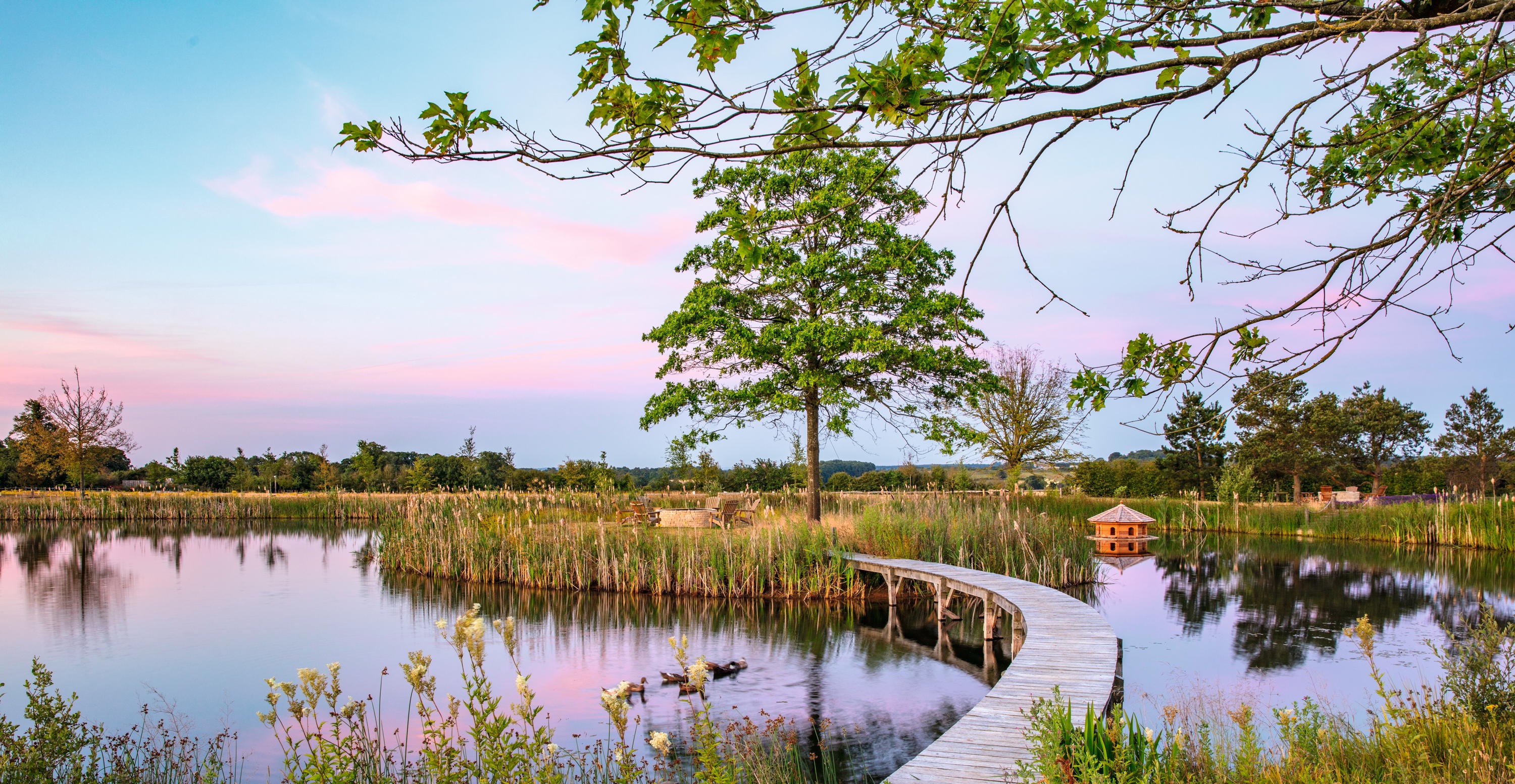 'I bought it without telling Victoria. She didn’t want another project... I sat her down, gave her a vodka and tonic and told her what I’d done': David Beckham tells Alan Titchmarsh about his Cotswolds home and garden
'I bought it without telling Victoria. She didn’t want another project... I sat her down, gave her a vodka and tonic and told her what I’d done': David Beckham tells Alan Titchmarsh about his Cotswolds home and gardenOn an open and windswept tract of land in Oxfordshire, where once stood some derelict barns and a lone maple tree, our guest editor Sir David Beckham has created a haven for his family and his honeybees. Photographs by Clive Nichols and Millie Pilkington.
-
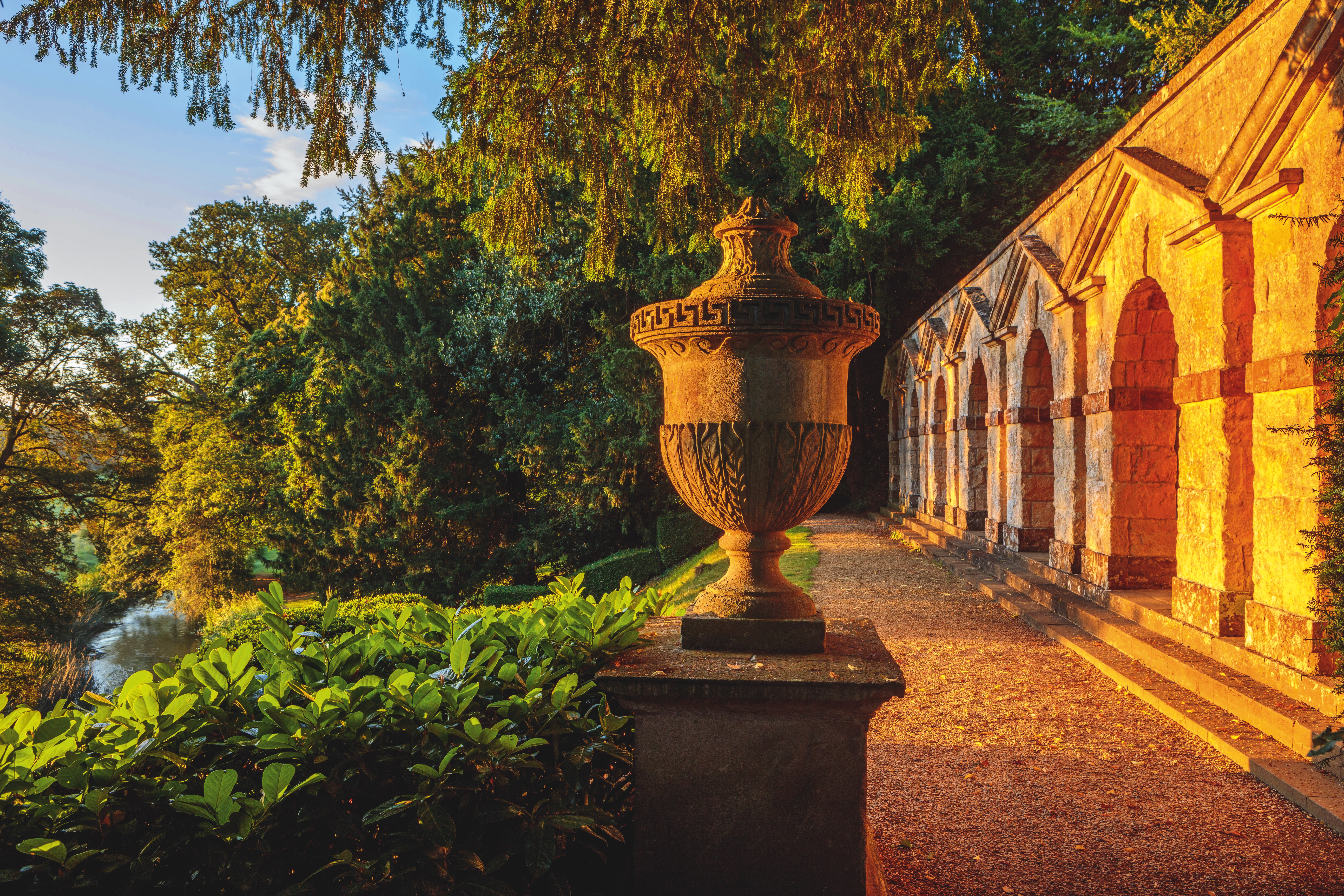 'One of the truly great gardens of the world' is at risk of having its vistas and tranquility blighted forever
'One of the truly great gardens of the world' is at risk of having its vistas and tranquility blighted foreverThe views from Rousham, the birthplace of the English landscape-garden movement, are at risk of development if plans for the nearby former RAF Upper Heyford Air Force base get the go-ahead.
